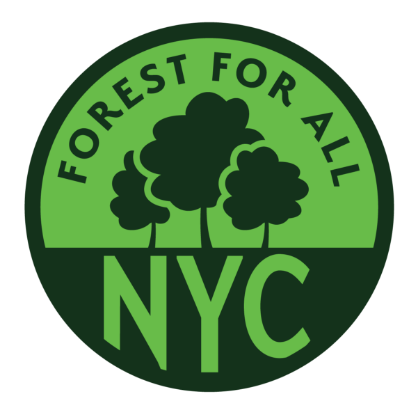By City Council Members Gale Brewer, Eric Bottcher and Shekar Krishnan, and Emily Maxwell | Daily News
No matter the neighborhood, we hear the same thing from New Yorkers. They love their trees, want more of them, and support any program that protects or expands their tree canopy.
After this summer’s soaring heat index, and as the impacts of climate change bring increasingly higher temperatures, the threat of extreme heat events poses a serious health risk to New Yorkers. There are more deaths caused by extreme heat than any other weather-related event. Children, elderly, the unhoused, and those with preexisting conditions are most at risk for heat-related illness.
New York City offers assistance to those in need by providing emergency alerts via Notify NYC, free air conditioners through the Home Energy Assistance Program, cooling centers, and open streets with cooling features across all five boroughs, and yes, we need more of all of this as extreme heat increases.
We must go further and expand New York City’s tree canopy coverage. Trees lower surface and air temperatures by providing shade and through evaporation and transpiration.
While many of our streets are tree lined, whole swaths of our city have fewer street trees, especially in lower income communities and communities of color. These neighborhoods can see temperatures 20 to 45 degrees higher than those with more shade. As our neighbors seek out green spaces for their physical and mental health during hotter days, many find these options are not easily accessible.
We must maintain and expand the benefits of the urban forest, particularly in environmental justice communities, to protect the health of all New Yorkers.
Trees enhance and unite our neighborhoods by improving the places we exercise, relax, play, and socialize, and serve as habitat for our wildlife, sheltering resident and migratory birds. They beautify our communities with lovely, shaded streets in the summer months and provide a picturesque tapestry in our neighborhoods during the peak color season of autumn.
Trees strengthen our city’s resilience to the impacts of climate change by absorbing stormwater during heavy precipitation events and preventing polluted waters from reaching our waterways. They help clean our air, filtering fine particulate matter — one of the most dangerous forms of air pollution — and by lowering emissions and improving efficiency by reducing energy consumption in buildings and storing and absorbing carbon.
The benefits of the tree canopy are undeniable and essential to the success of our city’s health and wellbeing.
Forest for All NYC is a coalition made up of more than 100 local organizations across business, nonprofit, government, and academic sectors. They created the NYC Urban Forest Agenda offering an essential roadmap to help city leaders expand, protect, and maintain the more than seven million trees in New York City.
It’s a comprehensive call to action that uplifts citywide collaboration for climate adaptation and resilience, equity and justice, health, wellbeing and biodiversity. One of its major recommendations is for New York City to create an urban forest plan, as other large municipalities across the country have done.
Mayor Adams recently announced a historic citywide goal of 30% tree canopy for New York City. To ensure this happens, the City Council is voting on legislation Thursday to mandate the creation of a citywide urban forest plan that spans all lands in the city, public and private, as well as legislation to include trees and tree canopy in our long term sustainability planning.
The citywide urban forest plan will use existing data to evaluate the health, stability and extent of the NYC urban forest, identify the causes of the loss of urban forest, recommend strategies to remediate any losses and to facilitate canopy expansion.
Importantly, it will also include an outreach plan to educate property owners about strategies on how they can protect and expand the trees and vegetation on their own property, as both existing and potential trees are crucial to a thriving urban forest, and thriving communities. And it would require collecting the data needed to track how the forest is doing, and how well we’re achieving the goals of the plan.
As we continue to grapple with the impacts of dangerous air quality levels and extreme heat, it’s time to join other major U.S. cities in creating a citywide urban forest plan. Passing these bills will ensure we do everything we can to monitor, protect, and expand the New York City urban forest, thereby protecting New Yorkers and improving our communities for generations to come.
We have no time to waste!
City Council Members Bottcher, Brewer and Krishnan represent parts of Manhattan and Queens. Maxwell is the New York cities director for The Nature Conservancy, which is the convenor and a leading member of Forest for All NYC.
Original article here.
